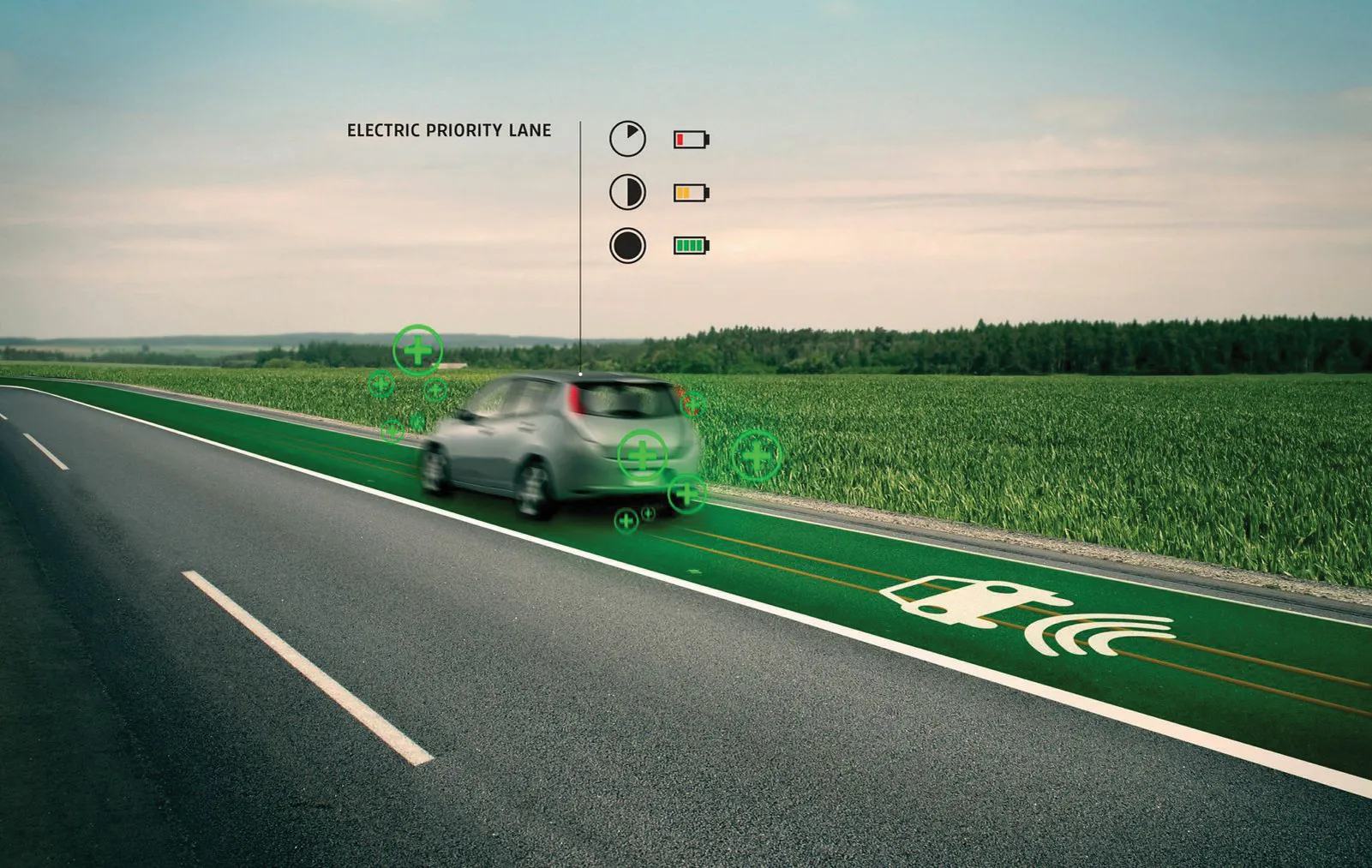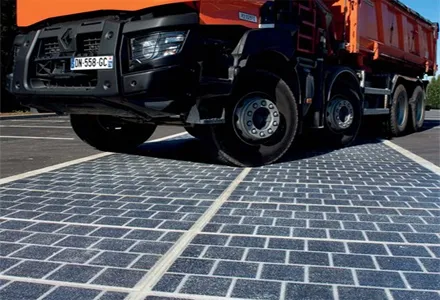The mayor of Lithuanian capital Vilnius is a keen cyclist and has done a great deal to promote this form of transport in the city, in a bid to cut vehicle congestion. A network of cycle lanes has been constructed, however these are often blocked by parked cars with owners of premium vehicles being frequent offenders. Irritated by this, the mayor made a highly visible demonstration of why the city's cycle lanes should be kept free. Buying a Mercedes specially, the mayor then drove over the car in an armoured
March 6, 2012
Read time: 2 mins

The mayor of Lithuanian capital Vilnius is a keen cyclist and has done a great deal to promote this form of transport in the city, in a bid to cut vehicle congestion. A network of cycle lanes has been constructed, however these are often blocked by parked cars with owners of premium vehicles being frequent offenders. Irritated by this, the mayor made a highly visible demonstration of why the city's cycle lanes should be kept free. Buying a 2796 Mercedes specially, the mayor then drove over the car in an armoured personnel carrier borrowed for the day from the army. TV cameras were on hand, while astonished locals watched in horror as the Mercedes was squashed flat. The wrecked car was hauled away and the mayor then swept up the broken glass and plastic left by the roadside before pedalling o
on his own bicycle









